- News
- Reviews
- Bikes
- Components
- Bar tape & grips
- Bottom brackets
- Brake & gear cables
- Brake & STI levers
- Brake pads & spares
- Brakes
- Cassettes & freewheels
- Chains
- Chainsets & chainrings
- Derailleurs - front
- Derailleurs - rear
- Forks
- Gear levers & shifters
- Groupsets
- Handlebars & extensions
- Headsets
- Hubs
- Inner tubes
- Pedals
- Quick releases & skewers
- Saddles
- Seatposts
- Stems
- Wheels
- Tyres
- Tubeless valves
- Accessories
- Accessories - misc
- Computer mounts
- Bags
- Bar ends
- Bike bags & cases
- Bottle cages
- Bottles
- Cameras
- Car racks
- Child seats
- Computers
- Glasses
- GPS units
- Helmets
- Lights - front
- Lights - rear
- Lights - sets
- Locks
- Mirrors
- Mudguards
- Racks
- Pumps & CO2 inflators
- Puncture kits
- Reflectives
- Smart watches
- Stands and racks
- Trailers
- Clothing
- Health, fitness and nutrition
- Tools and workshop
- Miscellaneous
- Buyers Guides
- Features
- Forum
- Recommends
- Podcast
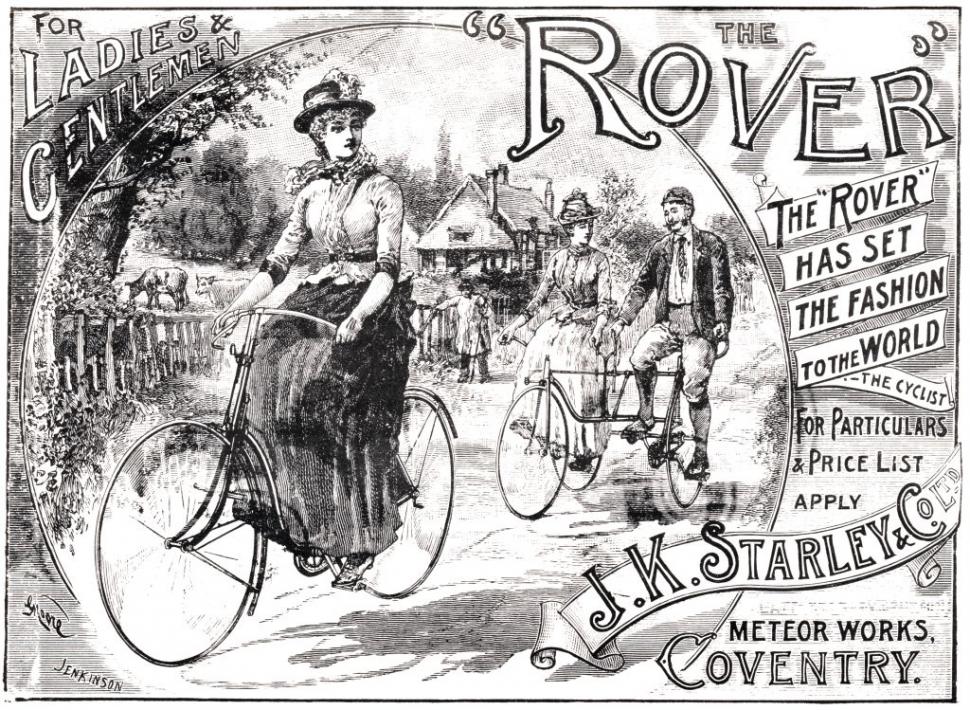 An early ad for the Rover Safety (Wikimedia Commons).jpg
An early ad for the Rover Safety (Wikimedia Commons).jpgCycling revolutions: 10 brilliant inventions that changed the bicycle forever
The Design Museum ran an exhibition in 2016 called ‘Cycle Revolution’ that celebrated major steps in cycling technology. But its selections, while unarguably interesting, didn’t really represent the revolutionary stages in the history of the bike. Here are the inventions that truly revolutionised cycling.
The Laufmaschine
The spark of genius that started it all landed in the head of German inventor Karl Drais in about 1817. (Technically he was Baron Karl Von Drais at the time, but his radical political leanings meant he later dropped the title.)
Europe had had several years of poor harvests, pushing up the cost of oats and making it it prohibitively expensive to keep horses for transport.
Searching for a replacement that didn’t need feeding, Drais hit upon an idea he called the Laufmaschine (running machine), later also known as velocipede, draisine, hobby horse or dandy horse. The rider sat astride a crossbar between two wheels and pushed along the ground to go forwards. It was exactly like a modern kid’s balance bike.
Drais’ genius was in realising — or discovering — that two wheels in a line would not simply fall over if there was a steering mechanism for the front wheel, but would be relatively stable once in motion. To demonstrate his device’s merits, he completed the 15km round trip from Mannheim to Schwetzingen and back in a little over an hour.
Unfortunately, early 19th century roads were too rutted for the Laufmaschine to be practical for any distance, even though Drais had showed it to be quicker than walking on good surfaces. Riders used the sidewalks instead, and governments reacted to pedestrian anger at the influx of fast-moving dandies by banning the machine.
Pedals
The idea of two-wheeled transport slept for about forty years until the 1860s when bicycles with pedal-driven front wheels appeared in Paris and the Eastern USA. Exactly whose idea this was is still a subject of research among cycling historians but it’s clear that Rene Olivier and his brothers, and a young French mechanic called Pierre Lallement were the among pioneers.
Pedal drive meant the rider didn’t touch the round at all while riding, a phenomenon that amazed contemporary onlookers. With the blacksmith Pierre Michaux as figurehead, the Olivier brothers orchestrated a craze for bicycles in Paris, while American makers of bikes based on Lallement’s design struggled to keep up with demand.
Pedals freed riders from the cumbersome action of pushing along the ground and allowed speeds of 12 mph, and more with larger wheels. A vehicle we’d recognise as a bicycle had arrived.
The tension-spoked wheel
Wheels with wire spokes under tension were invented in 1808 by aeronautical engineer George Cayley, but their first successful commercial use was on bicycles, an application for which Eugène Meyer was awarded a patent in 1869.
Wire wheels were substantially lighter than solid-spoked wheels, which made bicycles a compelling application, especially as wheel sizes grew to provide riders with a higher gear for faster riding. As with bearings, chains and high-strength steel, cycling applications drove the development of wheel technology.
The roller chain
The large driven wheels that led to the high-wheeler bikes of the 1870s weren’t the only way of increasing a bike’s gearing. It was obvious that a chain drive and sprockets could do the job too, but early chains were heavy, inefficient and unreliable. The breakthrough came in 1880 with Hans Renold’s invention of the roller chain and improved manufacturing techniques that allowed chains to be mass-produced.
The safety bike
To differentiate them from hazardous high-wheelers, bikes that placed the rider near the ground were called ‘safeties’ and began to appear in the late 1870s. The first truly successful safety, though, was John Kemp Starley’s 1885 Rover safety, which incorporated the essential features of a modern bike: similar-sized, wire-spoked wheels and chain drive to the rear wheel.
The safety was a genuine revolution. By reducing the risk of going head-first into the ground if you crashed, the safety allowed everyone to ride a bike, not just the young, brave and athletic.
In time, Starley’s company became Rover Cycle Company Ltd and after Starley’s death branched out into motorbikes and cars. It survives today as Jaguar Land Rover Limited after numerous sales and take-overs.
Pneumatic tyres
Contrary to popular belief, John Boyd Dunlop wasn’t the original inventor of the pneumatic tyre; Robert William Thomson filed a patent in 1845. Dunlop’s application of pneumatic tyres was nevertheless revolutionary even though his lack of a valid patent made it harder for him to exploit the idea.
Tyres had previously been made of solid rubber, giving a harsh ride, a problem that was partly alleviated by the huge wheel of a high-wheeler, but which was severe on safeties. By putting a cushion of air between the road and the rider, Dunlop made the safety comfortable as well as safe. And there was another advantage: pneumatic tyres were lots faster, thanks to their lower rolling resistance. When so-so riders on pneumatics started beating elite racers on solid tyres, racers quickly switched.
Hub gears and the parallelogram derailleur
Two brilliant approaches to the same problem: metering out the human engine’s meagre couple of hundred watts so a rider can get up hills slowly and comfortably on the same bike that speeds along at 20mph on the flat.
Epicyclic gears with interlocking cogs to provide different ratios are at the heart of hub gears. They first appeared on tricycles in the mid-1880s, but they rocketed to popularity after Raleigh head Frank Bowden bought the rights to two different three-speed designs and appointed Henry Sturmey and James Archer to head a division that began to make the Sturmey-Archer three-speed hub in about 1903.
The hub gear was wildly popular in the UK for its simplicity of use and minimal need for maintenance. It provided easier hill-climbing and greater speed on the flat, once again opening up the use of the bicycle to a wider range of people and abilities. With the introduction of the AW hub gear in 1936, Sturmey-Archer enabled the heyday of the classic English three-speed beloved of vicars, policemen, district nurses and factory workers of the era.
But more adventurous riders wanted more gears and a wider range. French cyclists in particular, faced with the challenge of long and steep Alpine roads, experimented with a huge variety of gear-changing systems. Eventually they settled on the derailleur, a device that literally de-railed the chain between multiple sprockets.
But it took literally decades of development and refinement for the derailleur to reach its modern form. On the way, inventors such as Velocio came up with a huge variety of ingenious contraptions involving cages to shove the chain around, one or two pulleys to take up chain slack, wheels that moved in the dropouts and many, many more.
The first recognisably modern derailleur, with two pulleys on a tension arm and a parallelogram body, was made by Nivex in France in 1938. Another French company, JIC, had a similar design in 1946. Neither company survived. Cycling historian Frank Berto puts that down to the high price of their components, which seem to have been built up to a standard rather than down to a price.
Credit for the first commercially successful parallelogram derailleur goes to Tullio Campagnolo, who introduced the Gran Sport derailleur in 1951. Being Campagnoloishly expensive it wasn’t an overnight smash hit, but over the next decade or so copies of the design gradually edged out other derailleurs.
In fact the Gran Sport wasn’t even terribly good compared to the Nivex and others. It came to dominate because of Campagnolo’s prestige and support of racing. The Gran Sport’s main problem was that the top jockey was a long way from the sprockets, so the rider had to overshift and then correct, to allow for the sideways flexibility of the chain.
Nobuo Ozaki of SunTour solved this problem with the slant parallelogram derailleur patented in 1964. When the patent ran out 20 years later, first Shimano then other derailleur manufacturers including Campagnolo adopted it.
The Moulton
Sometimes a bike is revolutionary not for its technical advances but for how it fits the zeitgeist. With its small wheels and novel looks the original Moulton bicycle was as much a part of Britain’s swinging ’60s as the mini-skirt and Mini car.
As they rushed out small-wheeled lookalikes, other bike makers entirely missed the point of the Moulton’s combination of features. Yes, it had small wheels, but they had relatively narrow, high-pressure tyres, a combination that would be uncomfortable but for the Moulton’s rubber suspension.
Rubber was the basis of the Moulton family fortune. Stephen Moulton first brought samples of vulcanized rubber to the UK; his great grandson Alex Moulton designed the rubber-spring suspension system for the Mini car, and then turned his attention to bicycles. The Moulton begat a wave of small-wheeled bikes and changed the look of commuting cycling. Can you imagine the Brompton being as easily accepted if Moulton hadn’t blazed the trail?
Breezer mountain bike
Like so many cycling revolutions, the mountain bike happened because several people and ideas came together at the right time. Gary Fisher provided the marketing nous, Charlie Kelly the spirit and Joe Breeze and Tom Ritchey the frame-building skill. While Tom Ritchey built most of the bikes sold in the early days of Mountain Bikes the company, Joe Breeze meticulously welded the first ten, igniting demand from those who saw them.
Charlie Kelly has written that the first Breeze mountain bike was the most important bike of the 20th century. In a 2014 interview with Velonews, he said: “That bike inspired three or four other people. That was the pebble coming off the top of the hill that became an avalanche, but when you look at the modern mountain bike, working your way upstream, that’s where it hits, with that Breezer bike.”
The mountain bike boom of the ’80s and early ’90s brought a generation back to cycling that might have otherwise abandoned it; opened up the countryside to a new, fun way of exploring; and facilitated urban cycling with pothole-proof bikes that had much better brakes and riding position than road bikes of the day.
Honourable mentions
These are important inventions that shaped cycling — especially sport cycling — but it’s a stretch to call them revolutionary.
Freewheel The ratcheting mechanism that lets a wheel spin without turning the pedals was invented in 1869 by William Van Andenin but was initially disdained by cyclists who feared adding mechanical complexity to the early bicycle. It reappeared with the advent of coaster brakes and multiple gearing.
Lycra Readers with long memories will recall ghastly shorts made from wool and other knitted fabrics in the pre-Lycra era. They were heavy and sweaty and only used by riders doing the sort of long distances that demanded a chamois liner. Stretchy fabrics using Dupont’s Lycra fibre were a huge improvement in comfort, moving with the rider and making cooling much easier.
Indexed gears Shifting that clicks from gear to gear had been around for decades when Shimano introduced SIS gearing — it’s how all hub gears work. But Shimano realised it could be an advantage for racers, who would fluff shifts when tired. Indexed down tube levers and mountain bike thumbshifters led to integrated brake/shift levers. I often wonder if the road bike boom of the last few years would have happened without gears you could change with your hands still on the bars..
Clipless pedals In the days of clips and straps a common way to fall over was to roll up to lights and discover, far too late, that your straps were so tight you couldn’t get out to touch a foot down. Clipless pedals eliminated that embarrassing tumble, while also improving comfort and, with recessed-cleat SPD pedals, ushering in a combination of efficiency and walkability.
LED lights The light-emitting diode has made it cheap and easy for cyclists to be seen at night, and to see where we’re going. The only option before LEDs was a dim, unreliable glimmer of light from a torch powered by a pair of hulking great D cells. These lights chewed through batteries, so were expensive to run, especially if you decided you actually wanted to be seen and fitted a halogen bulb. Reliability was also awful; cheap, rattly switches corroded if they got damp and in trying to keep the price down manufacturers neglected to pay much attention to sealing out the weather.
The combination of high-power LEDs and improved rechargeable batteries made better front lights possible too. Night riding on unlit lanes became possible and drivers had a whole new excuse to complain about cyclists — our lights are now too bright, apparently.
John has been writing about bikes and cycling for over 30 years since discovering that people were mug enough to pay him for it rather than expecting him to do an honest day's work.
He was heavily involved in the mountain bike boom of the late 1980s as a racer, team manager and race promoter, and that led to writing for Mountain Biking UK magazine shortly after its inception. He got the gig by phoning up the editor and telling him the magazine was rubbish and he could do better. Rather than telling him to get lost, MBUK editor Tym Manley called John’s bluff and the rest is history.
Since then he has worked on MTB Pro magazine and was editor of Maximum Mountain Bike and Australian Mountain Bike magazines, before switching to the web in 2000 to work for CyclingNews.com. Along with road.cc founder Tony Farrelly, John was on the launch team for BikeRadar.com and subsequently became editor in chief of Future Publishing’s group of cycling magazines and websites, including Cycling Plus, MBUK, What Mountain Bike and Procycling.
John has also written for Cyclist magazine, edited the BikeMagic website and was founding editor of TotalWomensCycling.com before handing over to someone far more representative of the site's main audience.
He joined road.cc in 2013. He lives in Cambridge where the lack of hills is more than made up for by the headwinds.
Latest Comments
- Rendel Harris 13 min 9 sec ago
Also depends on how you define "hosted", if you're talking about number of stages Andorra and Switzerland (probably Italy as well, not certain)...
- GMBasix 20 min 27 sec ago
If it involves the driver seeing the screen of others, it is banned - video is specifically not allowed;...
- eatmorefruit 37 min 23 sec ago
Unfortunately I too had problems with the Techalogic camera - worked well for a week then started to turn itself off despite being fully charged....
- Sniffer 33 min 24 sec ago
BBC News - Nicola Sturgeon not facing charges in SNP police probe....
- andystow 1 hour 3 min ago
Apparently, he is even a doctor, as the article refers to him as Dr. Tennant in at least one place....
- wtjs 1 hour 8 min ago
I look forward to hearing the excuses for the NFA regarding the pickup...
- wtjs 1 hour 22 min ago
So: I'm still hoping that somebody who sent in a video to the Met. (or to any police force) and who then received the 'we're taking action but we...
- Zebulebu 1 hour 38 min ago
I used to work in Rochdale. People from Rochdale look down on people from Shaw. From actual Rochdale. That tells you all you need to know about Shaw.
- Rendel Harris 2 hours 12 min ago
Reading initially I thought well that's jolly good value, especially with a dedicated mechanic to do a bike fit for you… and then I read on and...
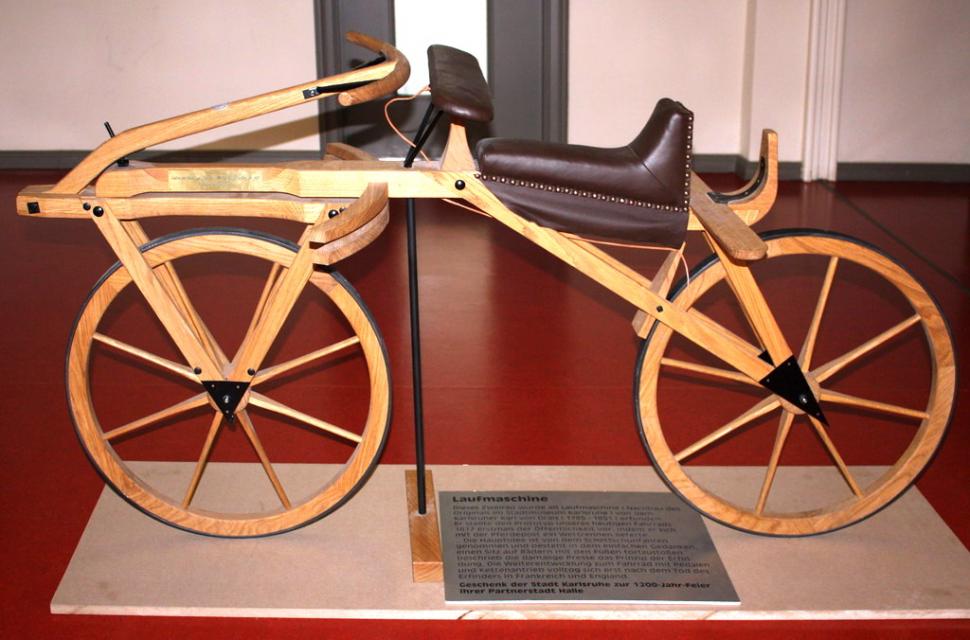
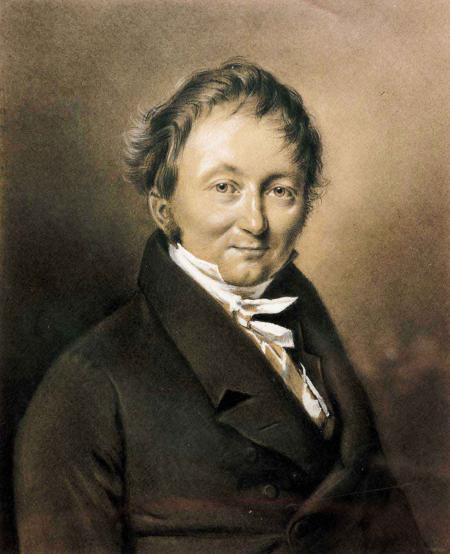
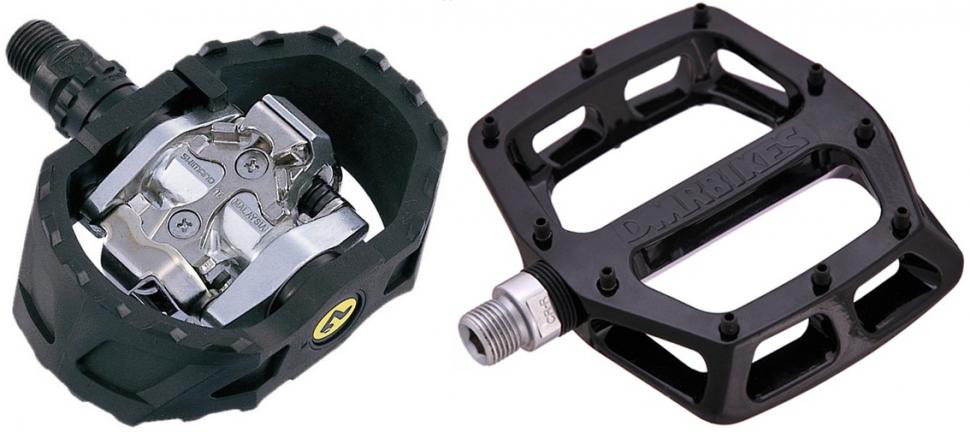

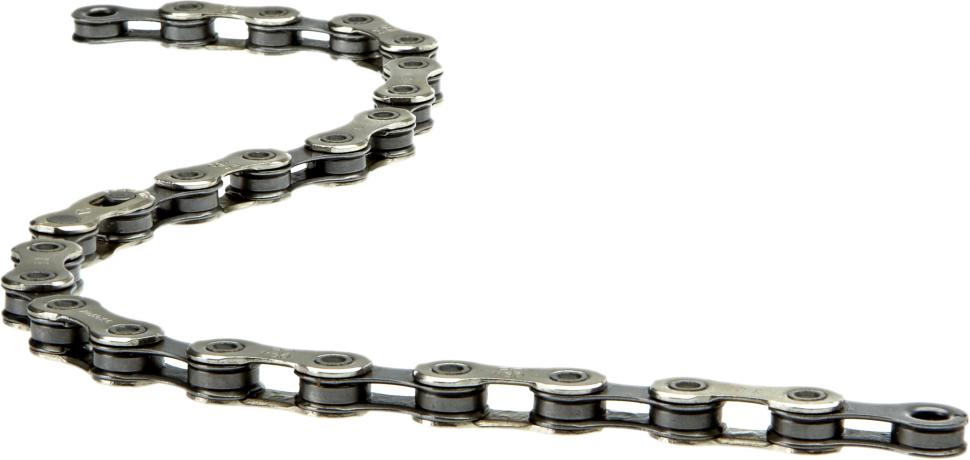


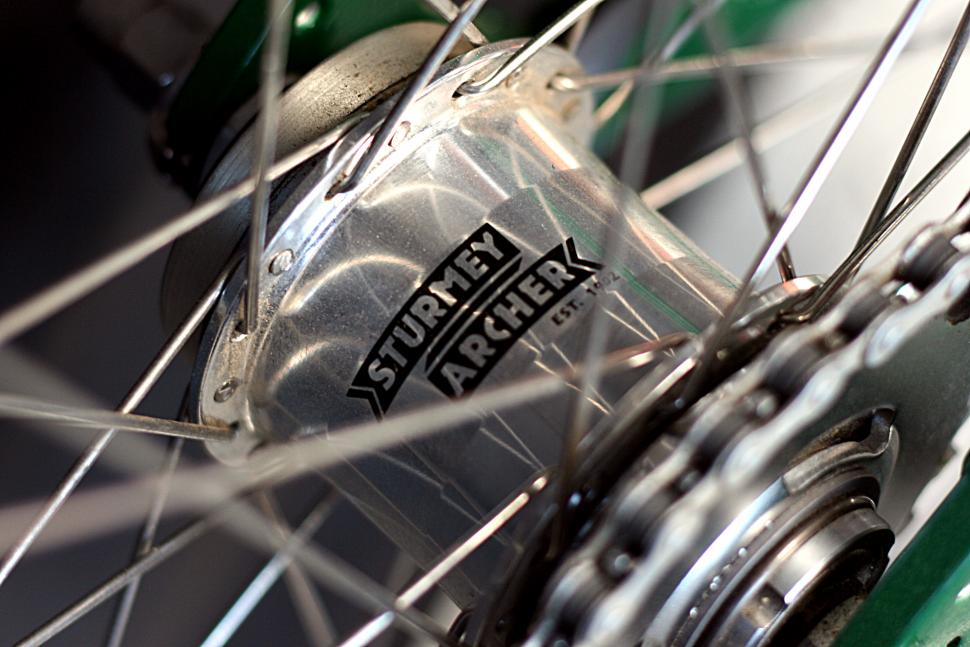
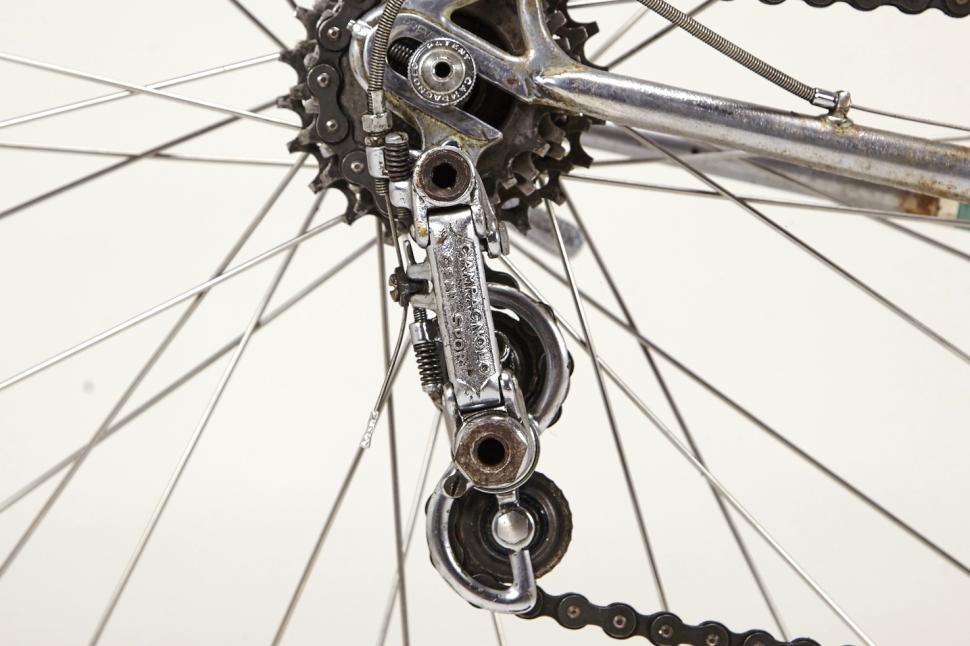


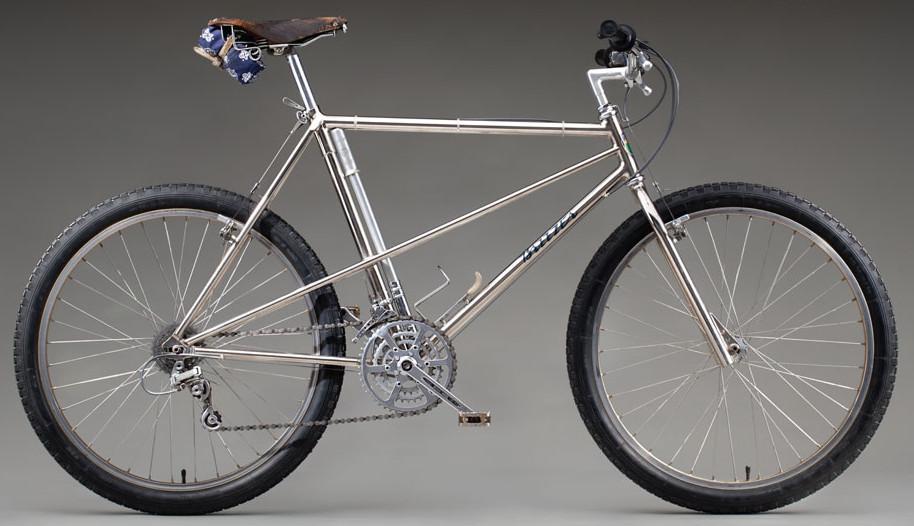

Add new comment
50 comments
Is the re-publishing count of this article in double digits yet?
FTFY
"The only option before LEDs was a dim, unreliable glimmer of light from a torch powered by a pair of hulking great D cells."
What, no love for carbide? Or oil lamps?
You could get more than 10 lux out of a dynamo or two with halogen bulbs and still have enough power left over to power a (dim) 0.5W rear lamp. The serendipitous thing about dynamo lights is that they get brighter the faster you go whilst other lights get incrementally dimmer the further you go.
Could this article be linked to the L-shaped cranks one, creating the uberroad.cc piece?
Has anyone else got today off?
Thought you were unusually chatty for this time of day. Not me but enjoy yours!
scooting along sans pedals (or tyres), that's actually pretty damned quick!
I won't stand for these lies.
The pedal driven bicyle was invented by Kirkpatrick Macmillan.
John Boyd Dunlop obviously invented pneumatic tyres.
John Logie Baird was repsonsible for the first televised coverage of the Tour de France.
If you give me enough time I'll find a Scot who invented everything else too...
Hamish McLE(o)D - inventor of the bike light.
etc.
Graham Obree invented the aero-tuck and the superman (thus giving rise to tri-bars - is that right?) and also invented bicycle wheel bearings using a washing machine or something (mumbles indistictly).
Bottom bracket.
I wonder if it was press fit?
Oh, and Alexander Graham Bell invented the telephone, you missed that one out.
.
All good.
Not forgetting Jockie McTavish, who invented the 'no true Scotsman' trope.
.
The best one ever invented is sadly no longer made.
It was a victorian anti theft device that shot a springloaded steel spike up through the saddle.
The whole world is much too human rights oriented nowadays
They don't like it up 'em! Sounds like something out of an advert in Robocop.
Judging by how many relative miles clocked by folk I follow on Strava (another great invention in itself) then surely the smart trainer and Zwift are worthy of a mention in this updated list?
Surely brakes, both rim and disc, should be in the original list??
You all need to be reeducated in cycling history as you get the first cycling device and pedal wrong
Just how much bias as an upright leg bicyclist you can present while hating handcycle recumbent trikes?
And being endorsed by the telegraph makes me less confident about this jorno called Steve, he must learn and repair this faulty article with the truth
From wikipedia
A three-wheeled wheelchair was built in 1655 or 1680 by a disabled German man, Stephan Farffler, who wanted to be able to maintain his mobility. Since he was a watch-maker, he was able to create a vehicle that was powered by hand cranks.[5][6]
In 1789, two French inventors developed a three-wheeled vehicle, powered by pedals; They called it the tricycle.[5]
In 1818, British inventor Denis Johnson patented his approach to designing tricycles.[clarification
I would contend that the article has it spot on. Its inventions that changed the Bi-cyle not the Tri-cycle.
A true pedant would refuse to ride such an ugly latin-greek hybrid as a "bicycle". A purist's two-wheeled conveyance would be a dicycle.
The section on pneumatic tyres is mistaken. The real advantage of the pneumatic tyre is that it allows wheels to be built much weaker (and therefore lighter and cheaper).
With a solid rubber tyre, each point of the wheel rim must be strong enough to survive the impact of a bump.
With a pneumatic tyre, the impact of a bump is distributed around the rim in the form of generally increased air pressure within the tube. So each point of the wheel only needs to be strong enough to survive a small share of the impact of the bump.
"Cushion" tyres became popular after the arrival of the safety bicycle and the demise of the solid-rubber-tyred penny-farthing. Like pneumatic tyres, they allowed wheels to be built weaker and more cheaply. Their downside was that (like some modern 'solid' foam puncture-proof inner tube replacements) they had significant rolling resistance.
Pneumatic tyres combined the benefits of solid rubber tyres and 'cushion' tyres.
* In August 1893 Percy Armstrong and R. Craig made the first “overland” cycle ride of 2,000 miles (3,200 km) on cushion-tyred safety bicycles, from Croydon in Queensland to Sydney, in six weeks. Armstrong then switched to a new Speedwell bicycle with Dunlop pneumatic tyres and went on to set a Sydney to Melbourne record of 4 days 4¾ hrs, averaging 138 miles (222 km) per day. (Source: Fitzpatrick, Jim, 1980, The Bicycle and the Bush; Oxford University Press, London, pp. 154-5.)
Hydroforming - 21st century frame tubes are shaped (by high-pressure fluids and a shaped die) for their specific locations in the frame and the forces acting on them - the shaping allows weight-savings whilst keeping a balance between stiffness in the right directions and comfort in others. It's amazing to look back at high-end round-section 20th century frames and realise that new hybrid frames are probably as light and are definitely stiffer.
Does anybody know the tool roll make on that Breezer?
Don't want to sound sarky, but why not ask the author, a Google search should find him. Could be home made as it is held in place with what looks like a toeclip strap
"Surely the helmet gets a mention, not only has it saved millions of lives, but also raised more than one from the dead. A truly awesome piece of kit."
Where is the actual hard evidence that helmets have saved "millions of lives"? Look at cyclists death rates and the time that helmets have been widely available. Do the math - this is just nonsense.
Woosh!
I think you need to check the batteries in your Acme Sarcasm Detector...
Hey, you forgot to question his claim that the helmet raised people from the dead. Tsk, such negligence 🤔
One helmet paper did show that helmets were 186% effective. Not quite raising the dead, but protecting more people that were wearing them is still pretty impressive. (Or evidence of confounding that the authors didn't allow for, but what are the chances of that? You'll be suggesting helmets aren't really more effective at preventing leg injuries than head injuries next.)
https://injuryprevention.bmj.com/content/9/3/266.responses#fundamental-e...
Little known fact that when Mary Magdalene entered the empty tomb, it wasn't quite empty. There was a cycle helmet inside.
What about the Wright brothers' greatest invention? Clearly not the aeroplane but instead having the thread on the left and right pedals running in different directions so that one of them doesn't fall off all the time
I didn't know the Wright brothers invented that. They were clever chaps. Apparently only four of their original bicycles still exist, and one of those is in the Smithsonian in Washington DC. I keep hoping I'll come across a barn find Wright Bicycle on my travels.
They were also supporters of women's rights and black rights incidentally.
Pages